...on the first day they were available near Walden Pond?
Photo by Bill Youngs
Is technology the friend or the enemy of the humanities? Of course, there are all sorts of "it depends" for this question. Which technologies? Which humanities? Which goals? But for this post, I'll keep it simple.
This past Friday I arose at 5:00 in the morning -- for me an ungodly hour -- at my lodging by Walden Pond, ate a quick breakfast, and set out in my rental car for the nearby Natick Mall. This was the morning that the latest and greatest iPhone was about to go on sale and I was determined to have one. But Henry David Thoreau was very much on my mind as I waited... and waited and waited in line for an iPhone 5s, complete with, gulp, fingerprint reading capabilities. Was I forgetting Thoreau's great pronouncement on living well, "Simplify, Simplify," and his warning against misplaced ambitions, "The majority of men live lives of quiet desperation"?
Well, no. Read on.
Back at Walden Pond, as the proud owner of a new iPhone, I began compiling a list of Thoreau's pronouncements that accorded well with my enthusiasm for new technologies. Herewith some gleanings from Walden: or Life in the Woods written more than 150 years ago:
Thoreau: "I say, beware of all enterprises that require new clothes." (Walden, Chapter 1)
-- Response: I wore old blue jeans for my journey to the Natick Mall to purchase my iPhone. Of the roughly 150 other persons in line none appeared to be wearing "new clothes."
Thoreau: Little is to be expected of that day, if it can be called a day, to which we are not awakened by our Genius, but by the mechanical nudgings of some servitor, are not awakened by our own newly acquired force and aspirations from within, accompanied by the undulations of celestial music, instead of factory bells, and a fragrance filling the air — to a higher life than we fell asleep from; and thus the darkness bear its fruit, and prove itself to be good, no less than the light." (Walden, Chapter 2)
-- .Response: Acquiring a new smartphone can certainly be occasioned by "aspirations from within." At least that's how it felt to me.
Thoreau: "Books are the treasured wealth of the world and the fit inheritance of generations and nations. Books, the oldest and the best, stand naturally and rightfully on the shelves of every cottage." (Walden, Chapter 3)
-- Response: And books "stand" too among the digital files on every smartphone -- including a file for Walden, of course.
Thoreau: "I have, as it were, my own sun and moon and stars, and a little world all to myself." (Walden, Chapter 5)
-- Response: Surely he was thinking of the "little world" within an iPhone 5s! (See below.)
Photo by Bill Youngs
(You know you want to!)
This current post is one of a growing number of historically-themed entries on americanrealities.com. To see a list of other posts, click on the link above.
If you enjoyed this post on Thoreau, you may want to read this entry on swimmers at Walden Pond:
Swimmers at Walden Pond: Henry David Thoreau and his Successors

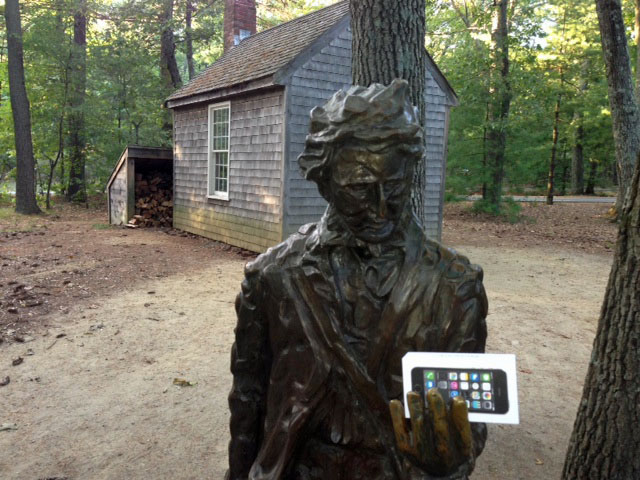
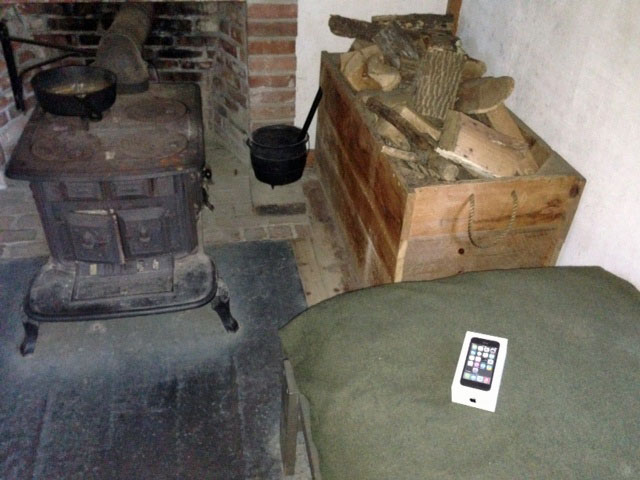
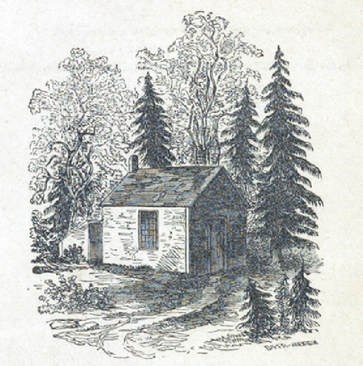
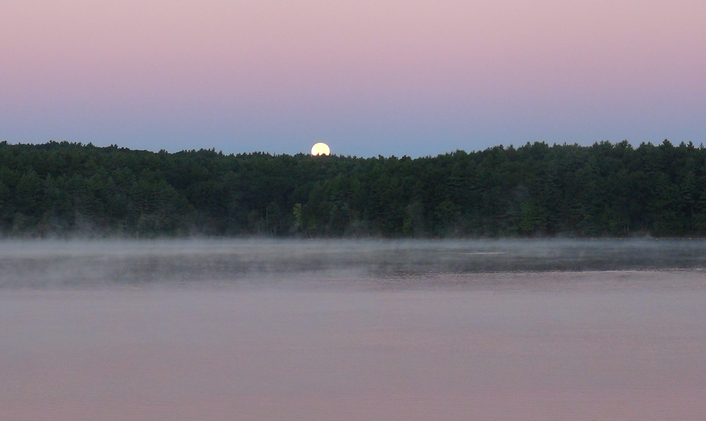
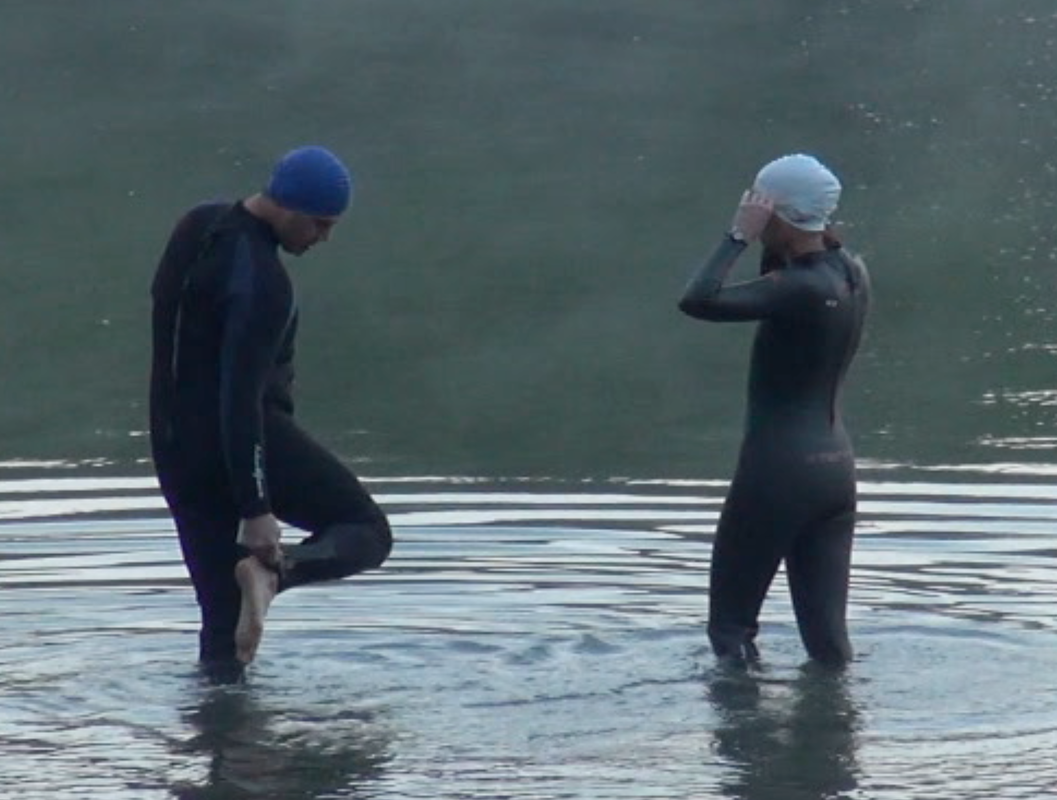
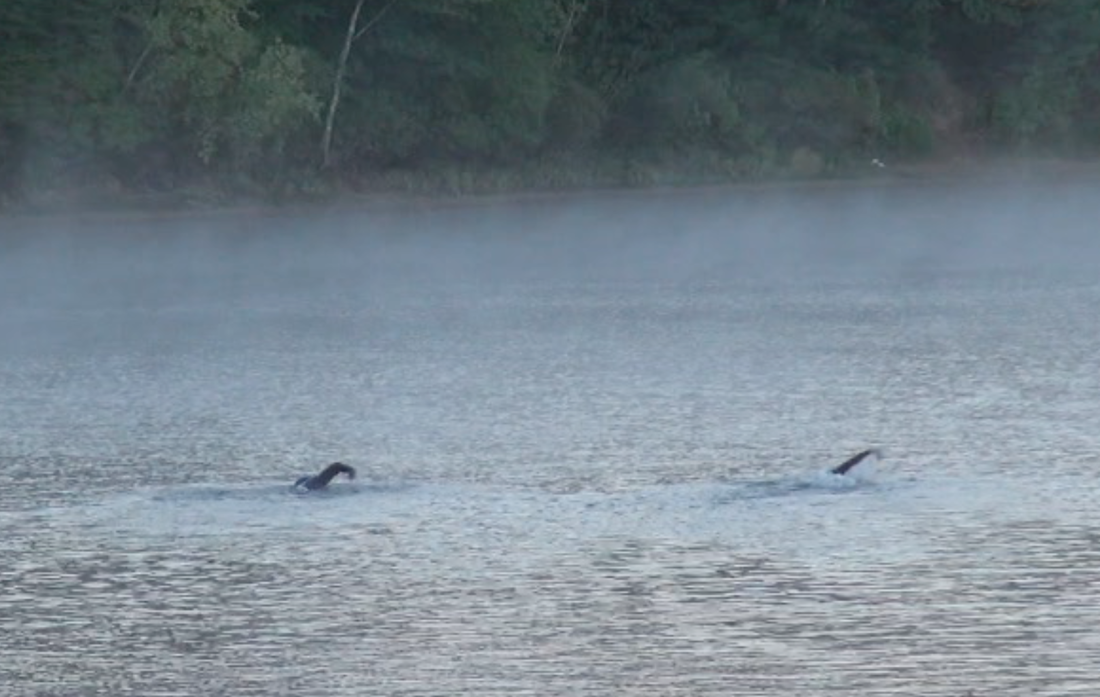
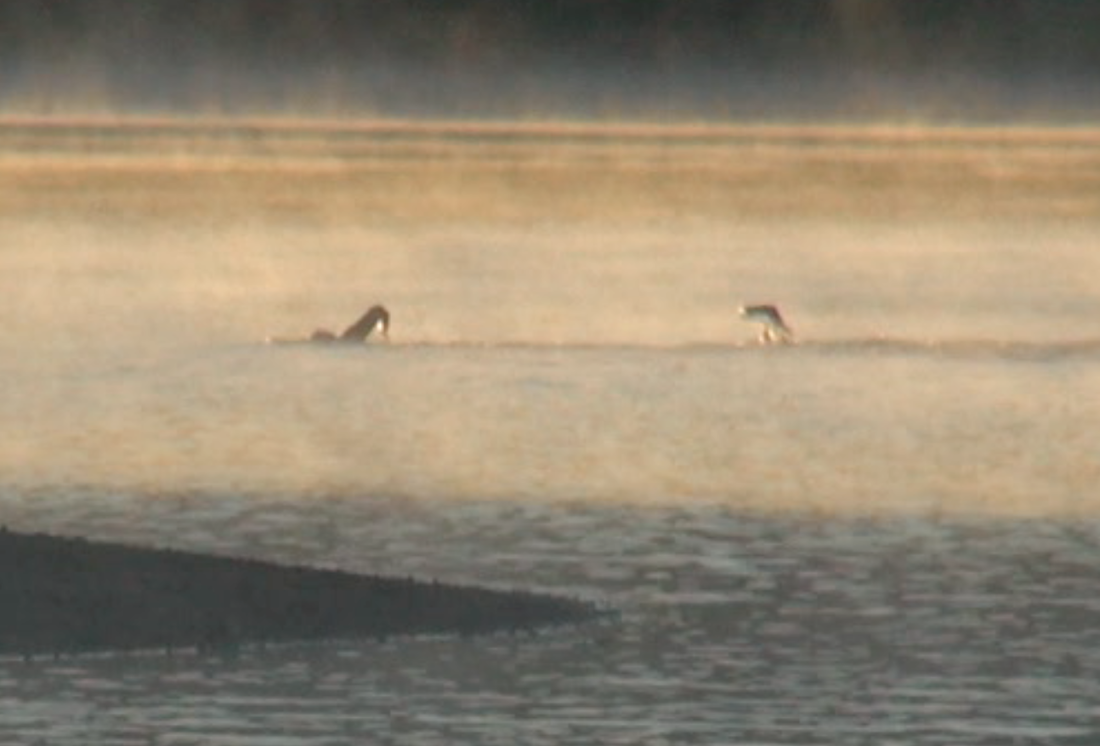
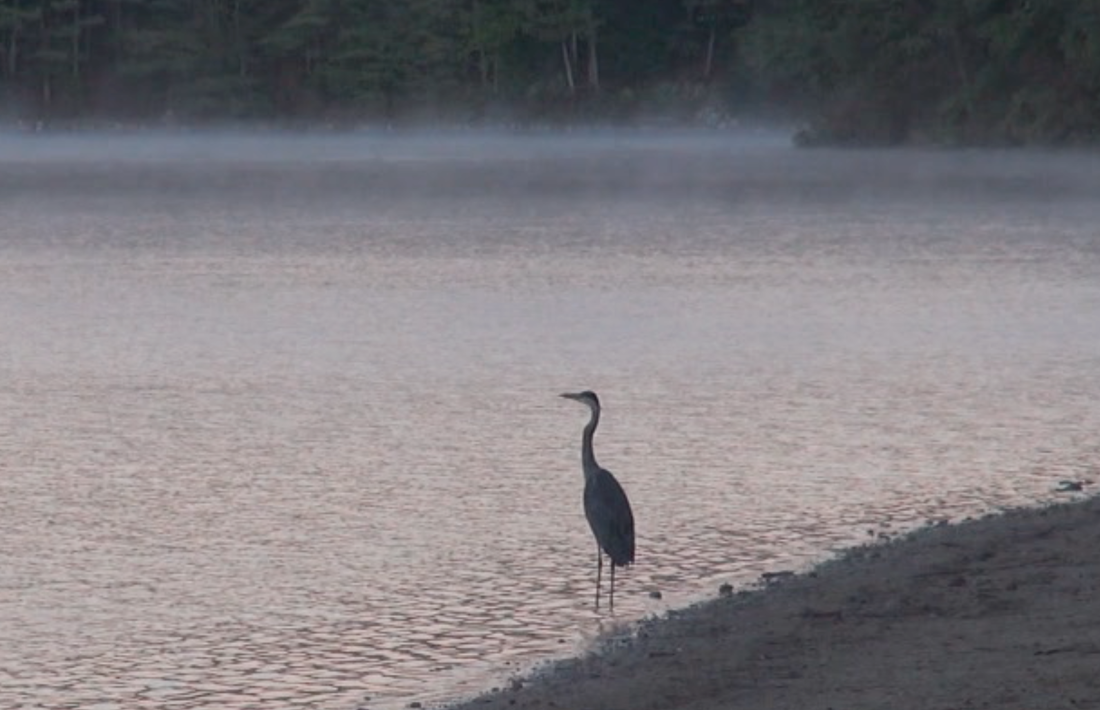
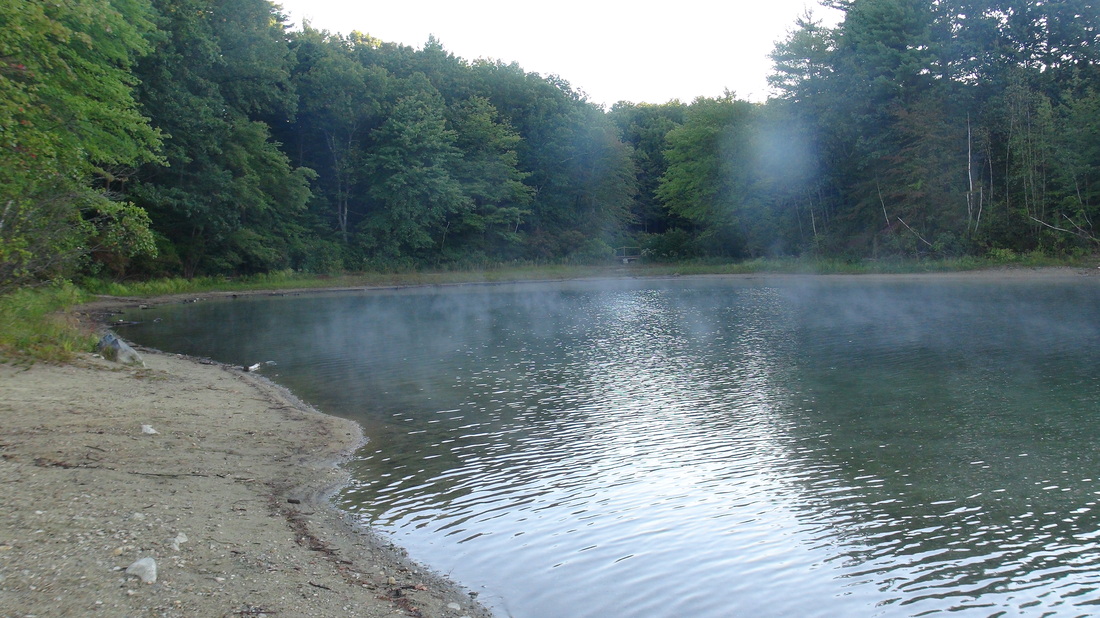
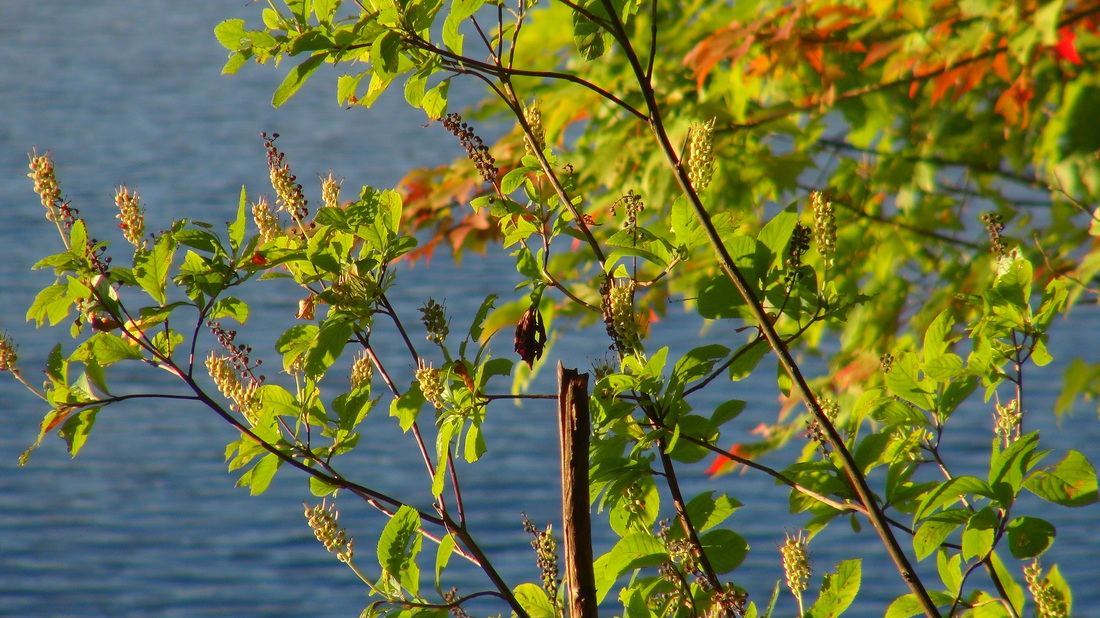

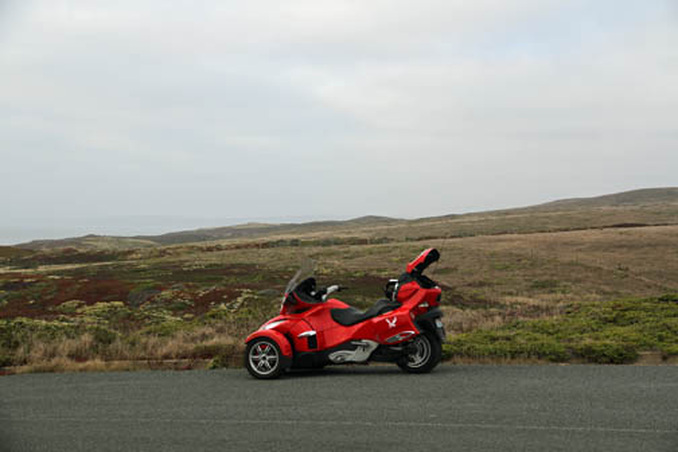
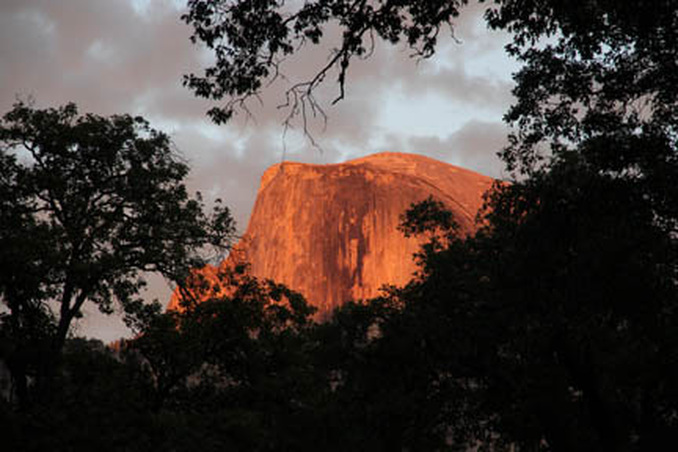
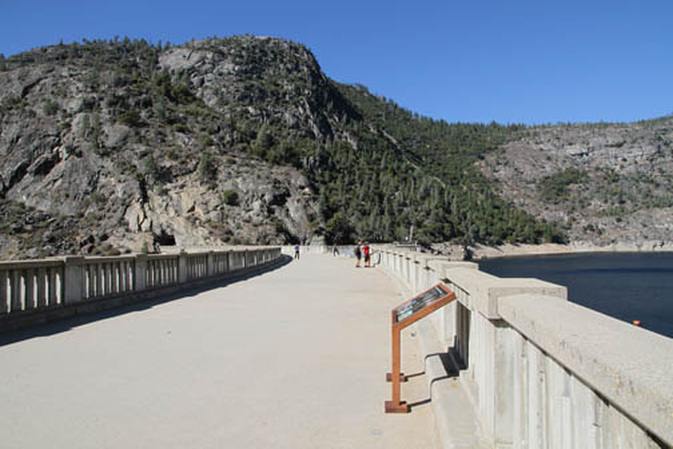
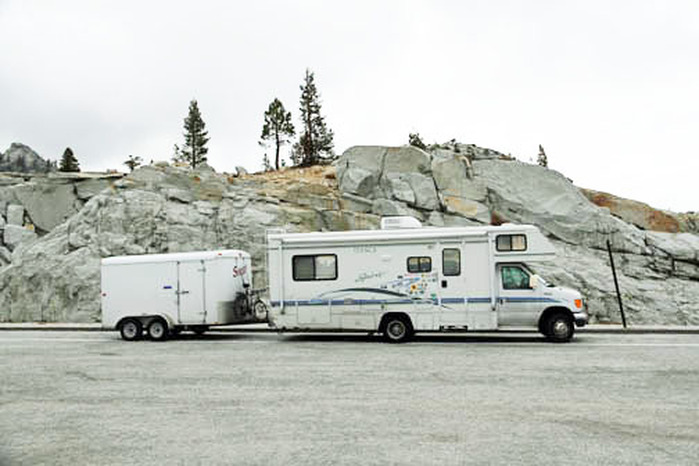
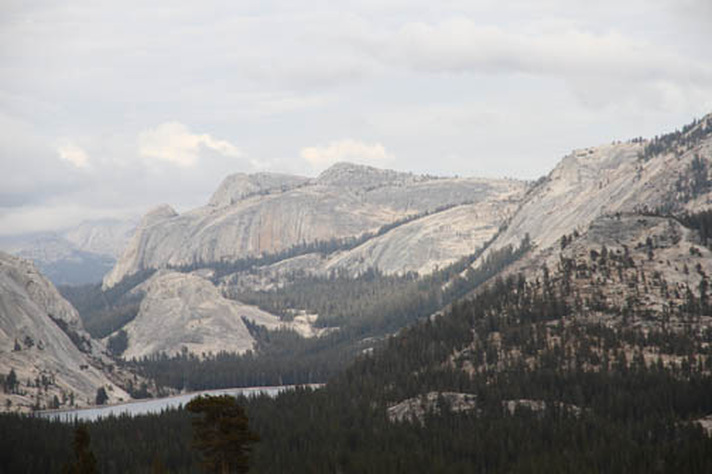
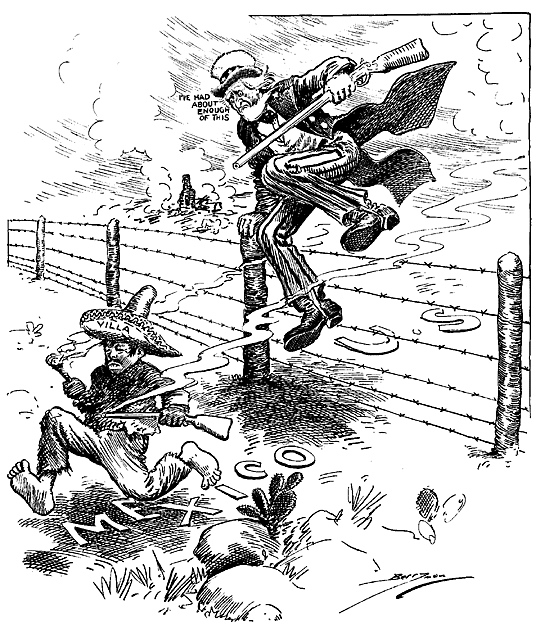
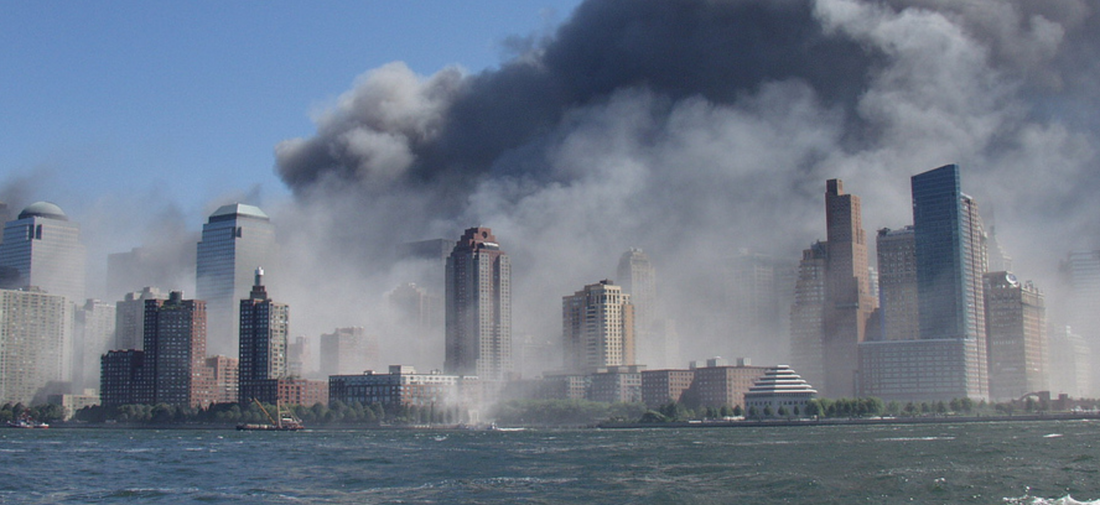
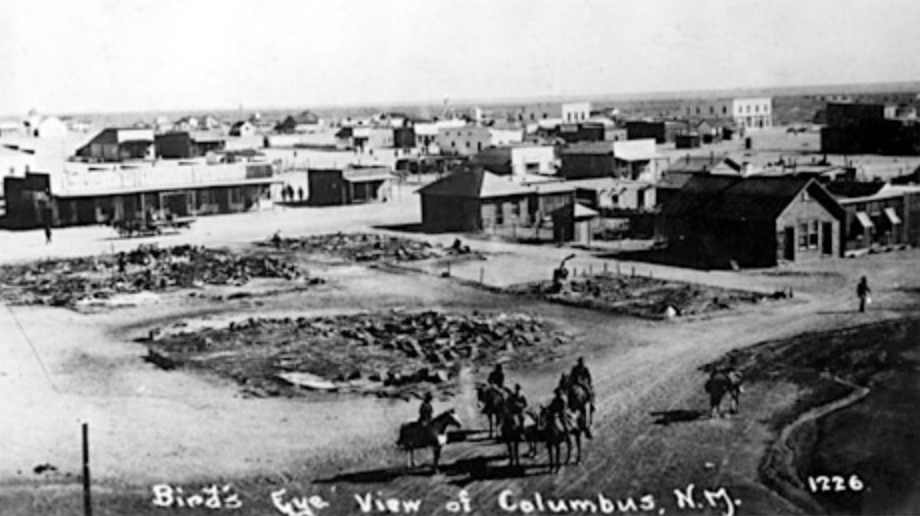

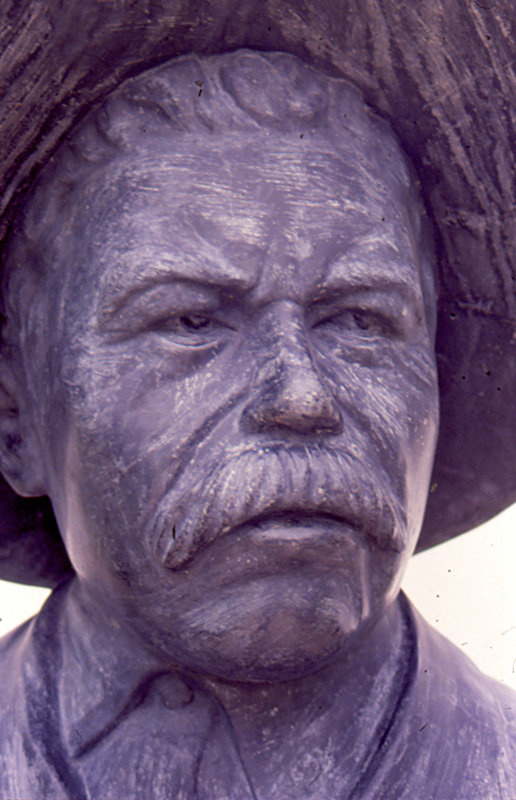
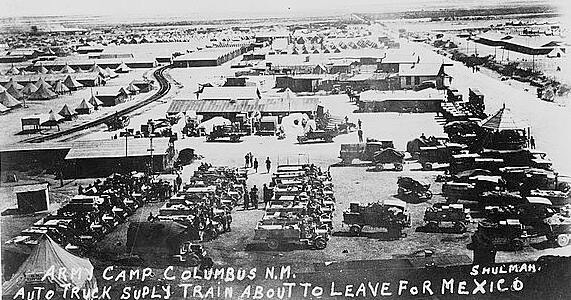
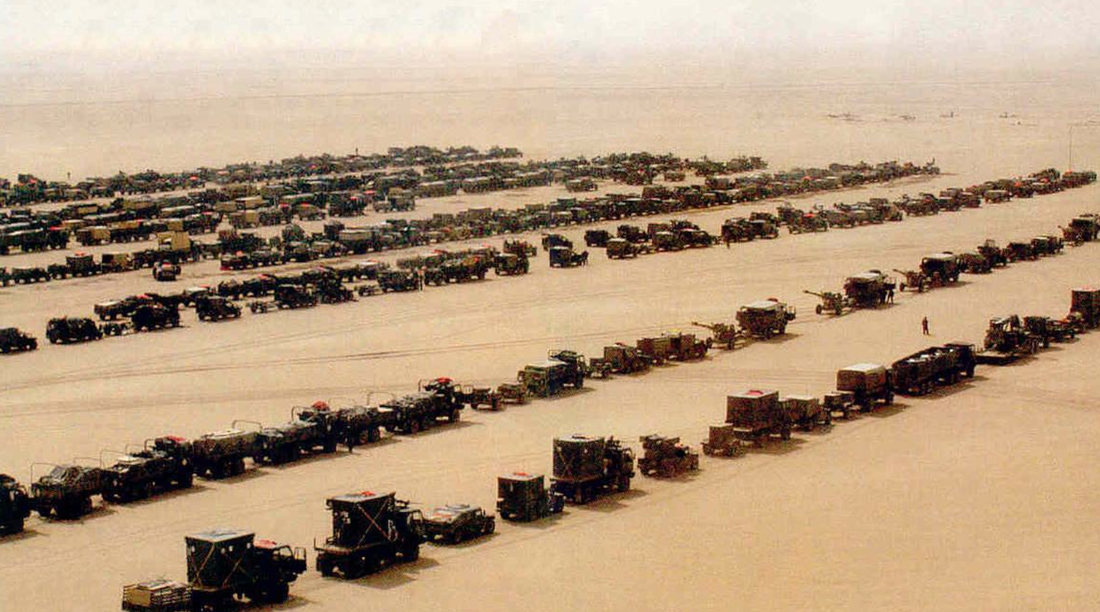
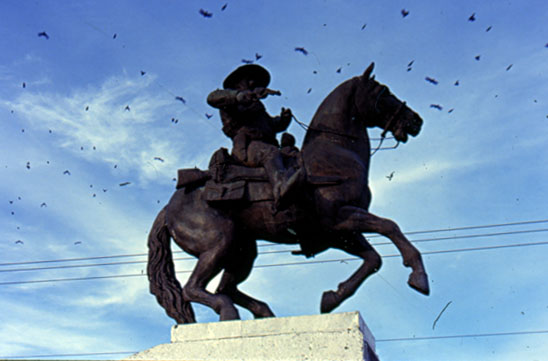
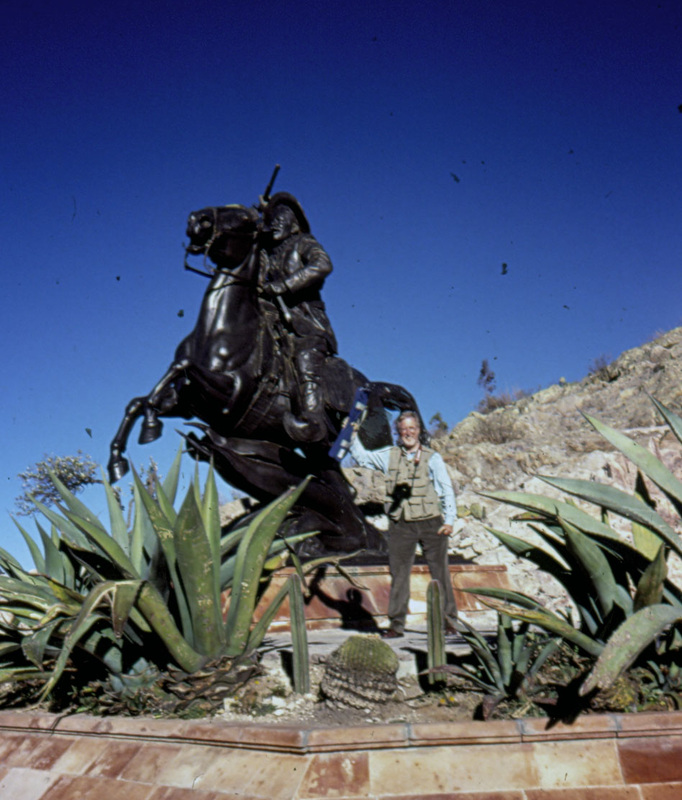
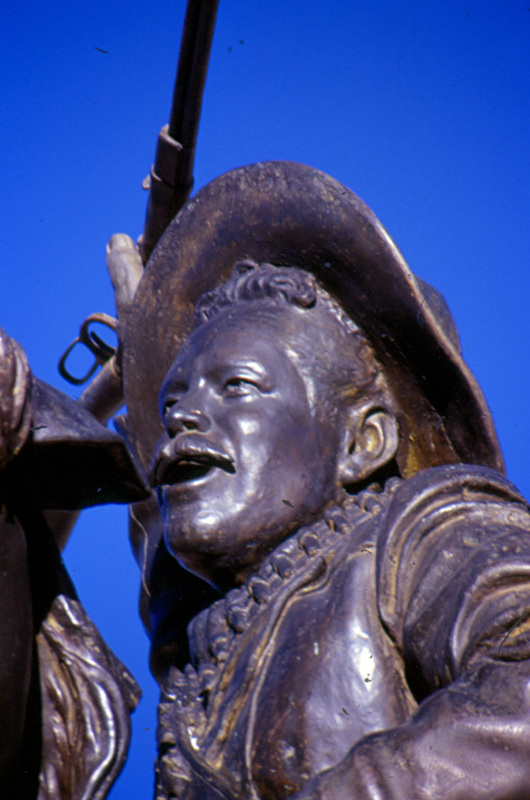
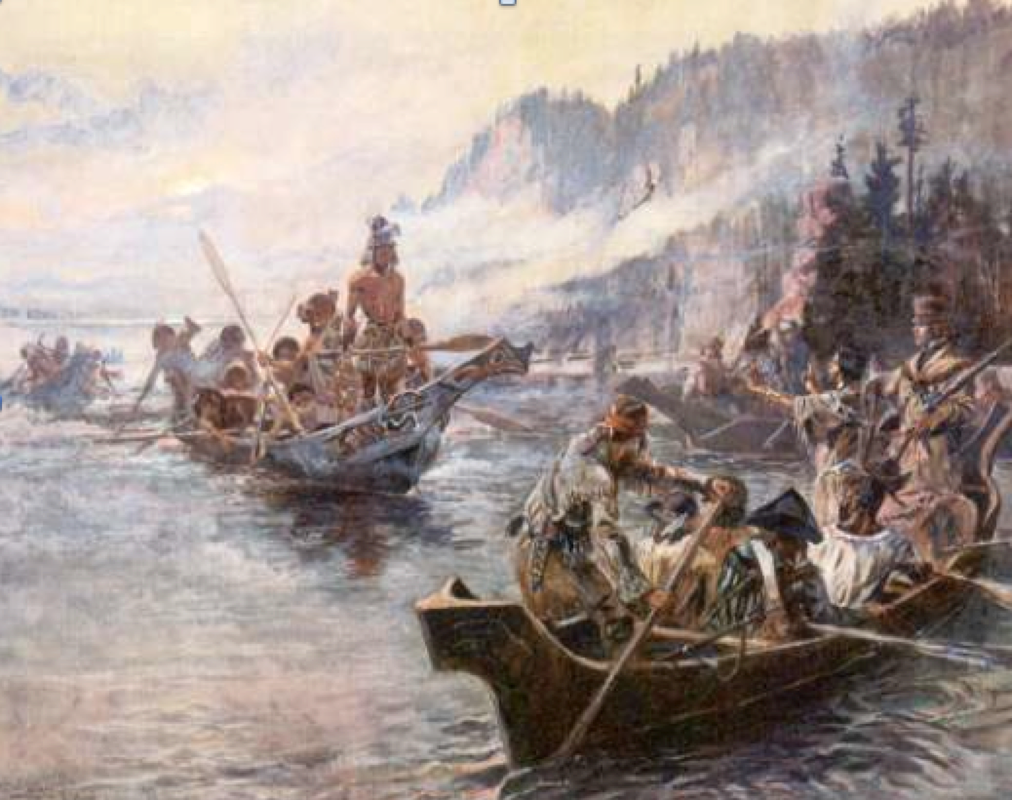
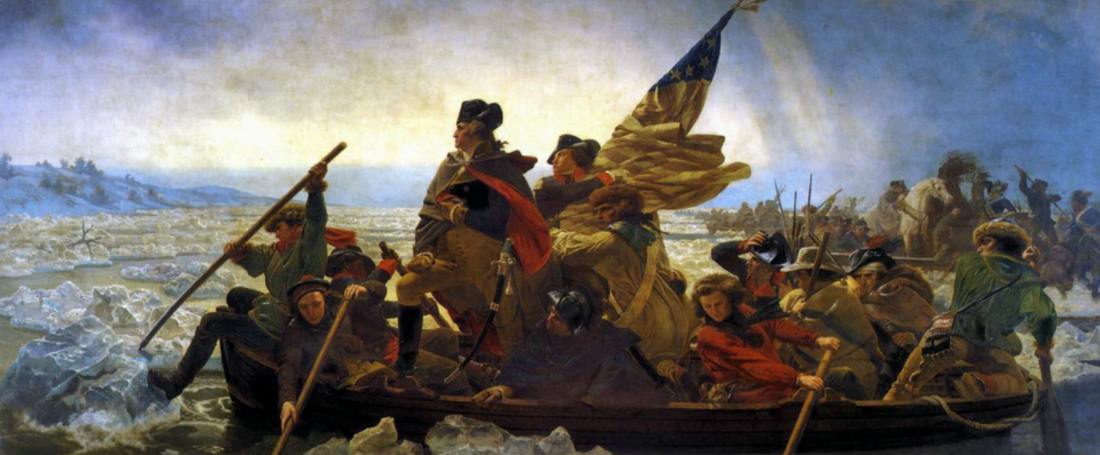
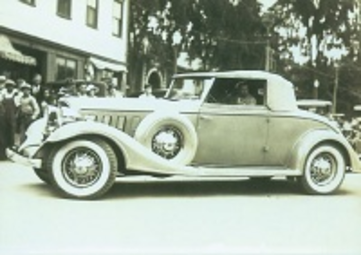
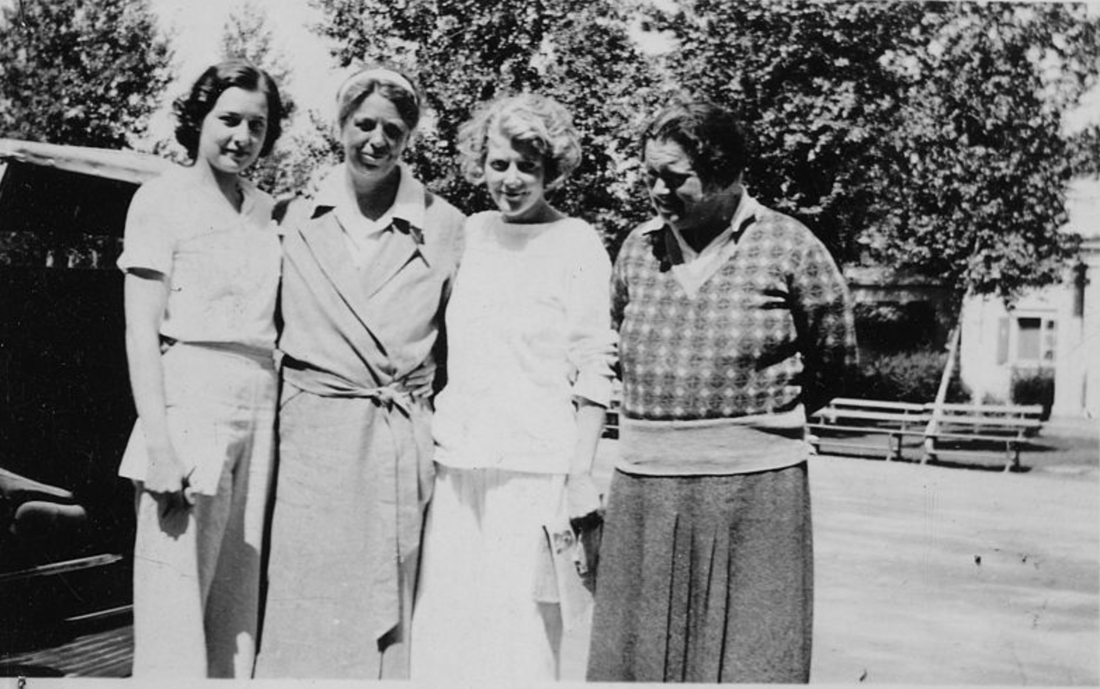
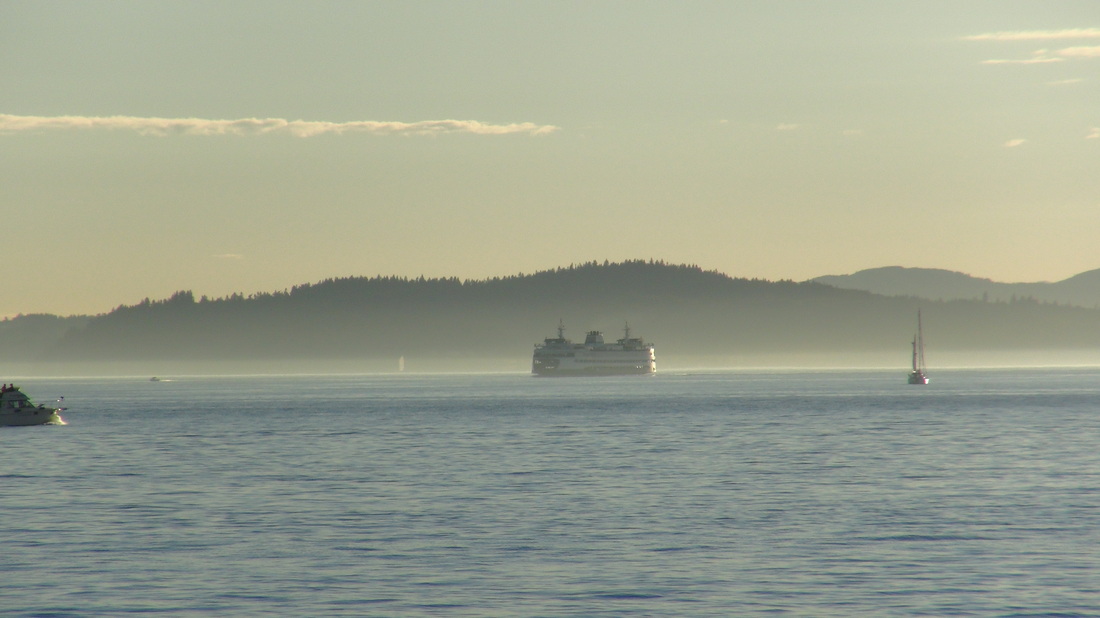
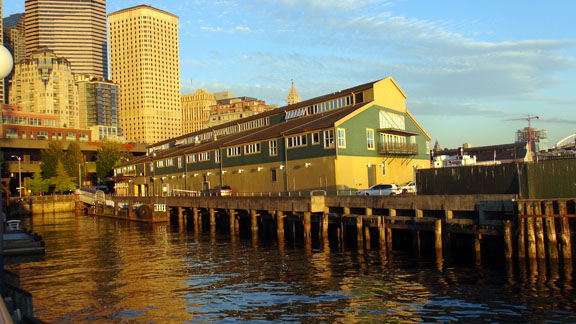
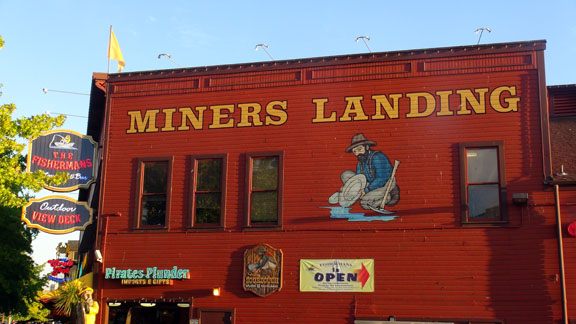
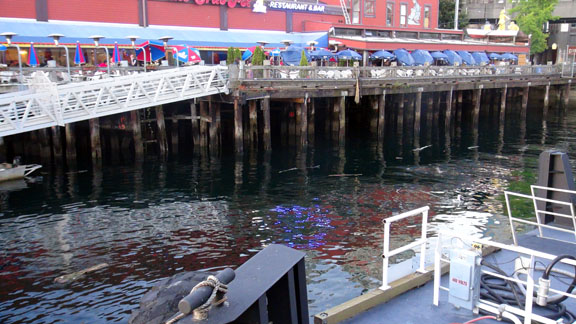
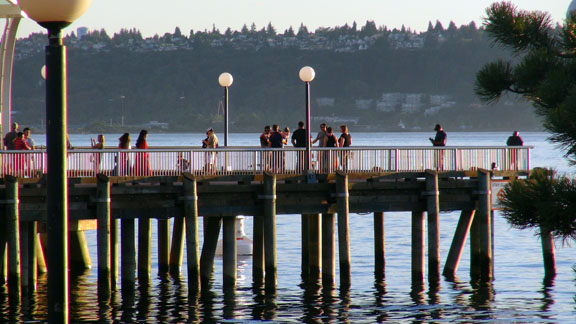
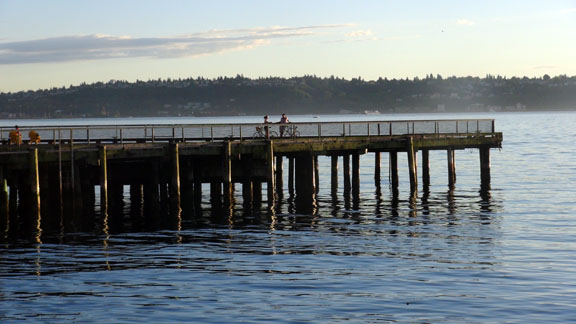

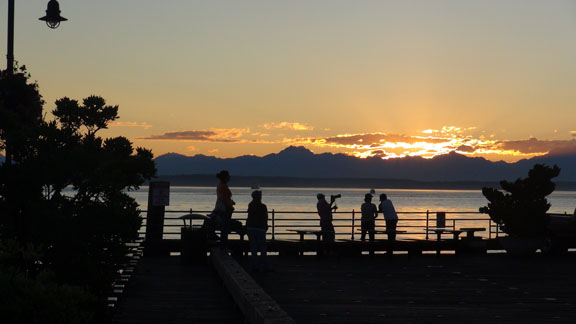
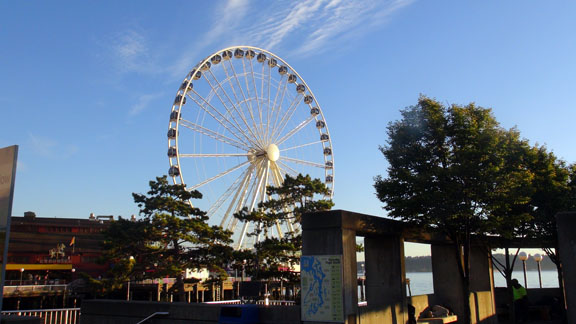
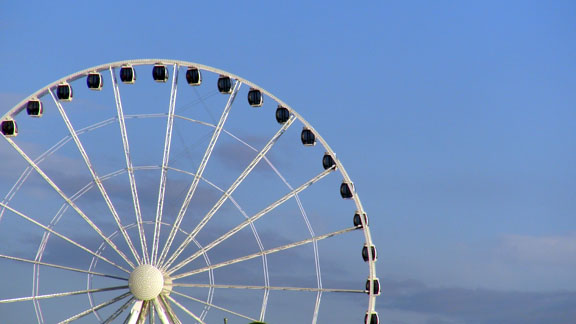
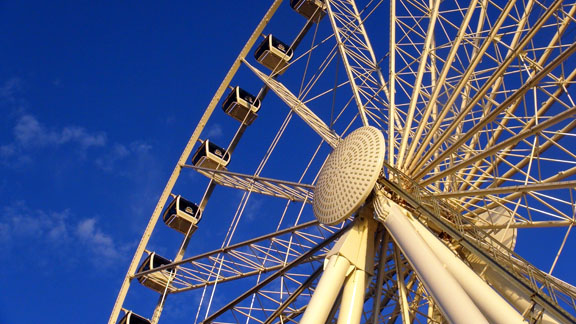
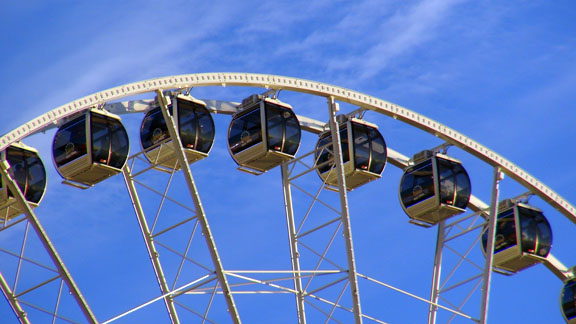
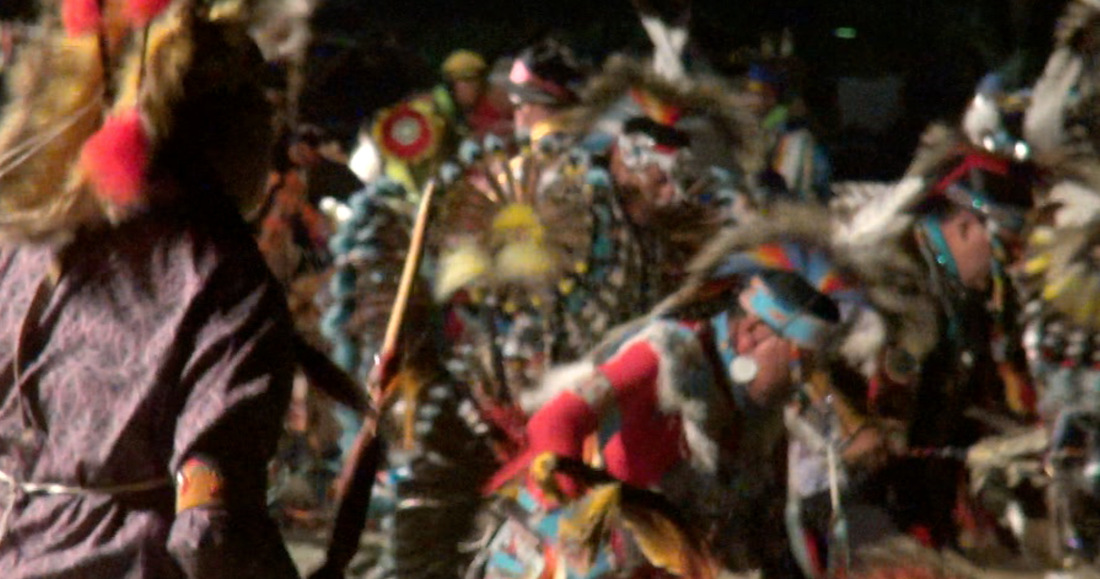
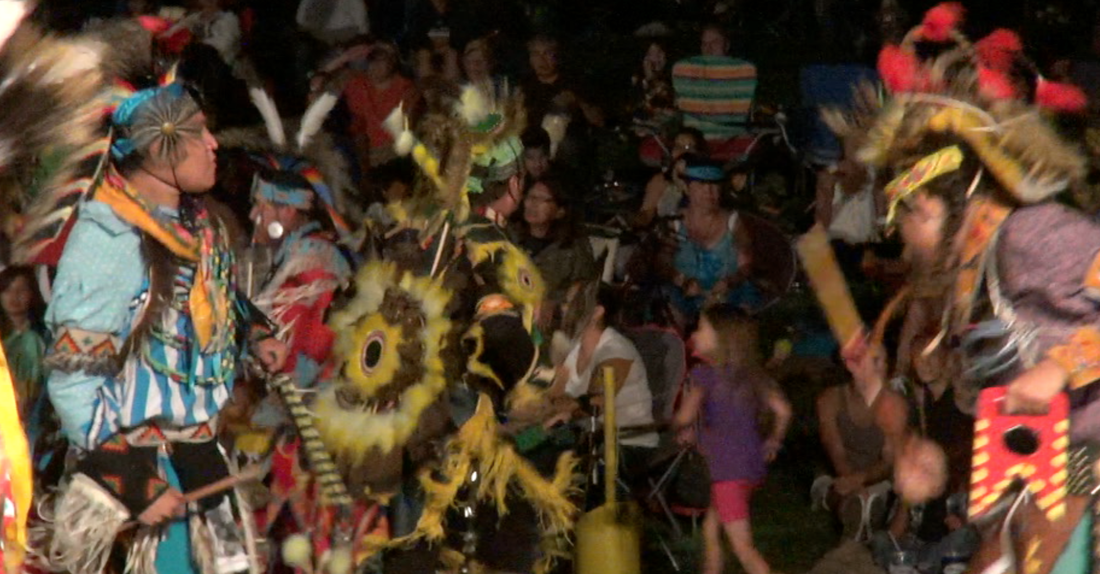
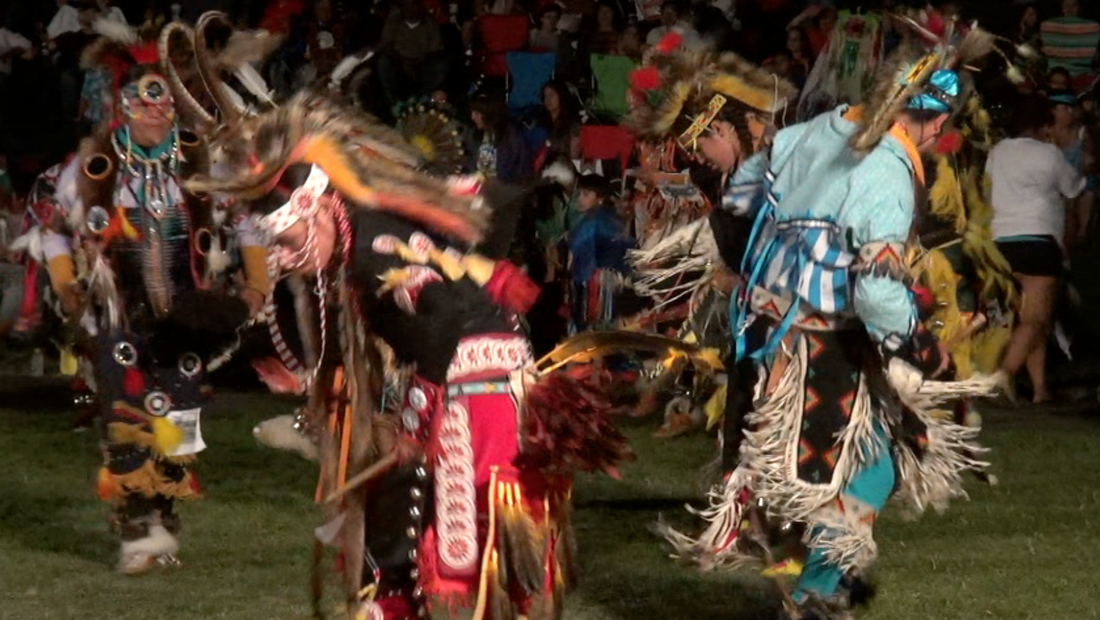
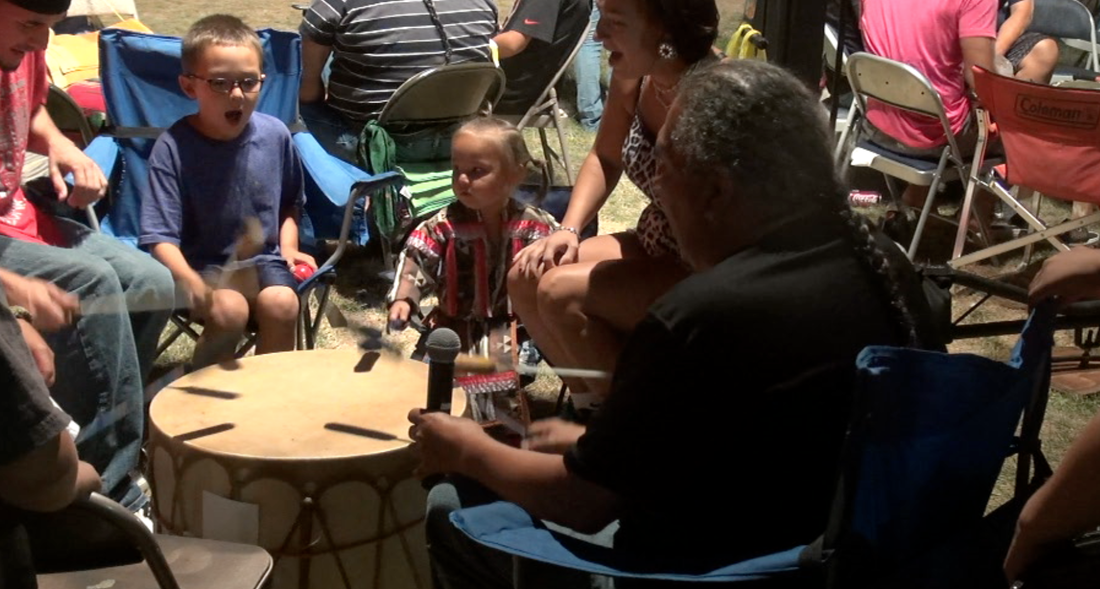
 RSS Feed
RSS Feed